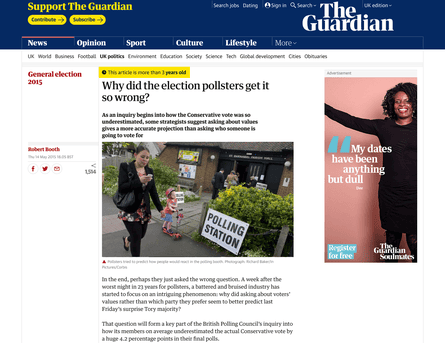Facts About News Articles Uncovered
Table of ContentsThe Buzz on News ArticlesGet This Report on News ArticlesNews Articles - QuestionsThe Main Principles Of News Articles The 9-Second Trick For News Articles
Excellent expertise of different topics gives students an one-upmanship over their peers. Despite the fact that electronic and social networks are easily easily accessible, we need to not neglect just how crucial it is to read the newspapers. Moms and dads should try and instill the practice of reading a paper as a day-to-day routine to proceed the tradition of the adored print medium.News stories also have at least one of the adhering to crucial qualities family member to the designated target market: proximity, prominence, timeliness, human rate of interest, strangeness, or consequence.
Within these limitations, information tales also aim to be extensive. Nevertheless, other aspects are included, some stylistic and some originated from the media form. Among the larger and much more recognized newspapers, fairness and equilibrium is a significant aspect in providing details. Discourse is usually confined to a separate section, though each paper might have a various overall slant.
Papers with an international target market, for instance, often tend to use a much more official style of writing. News Articles.; common design guides consist of the and the United States News Style Book.
Top Guidelines Of News Articles
As a regulation, journalists will certainly not make use of a long word when a brief one will certainly do. They make use of subject-verb-object construction and brilliant, active prose (see Grammar). They provide stories, instances and allegories, and they seldom rely on generalizations or abstract concepts. News authors try to prevent making use of the exact same word a lot more than when in a paragraph (sometimes called an "echo" or "word mirror").
Nonetheless, headings in some cases omit the subject (e.g., "Leaps From Boat, Catches in Wheel") or verb (e.g., "Pet cat female lucky"). A subhead (likewise subhed, sub-headline, subheading, subtitle, deck or dek) can be either a subordinate title under the major heading, or the heading of a subsection of the article. It is a heading that precedes the primary text, or a team of paragraphs of the main message.

Additional billboards of any of these types may appear later on in the article (especially on succeeding web pages) to lure additional reading. Such billboards are likewise used as guidelines to the write-up in other sections of the publication or site, or as ads for the item in various other magazine or websites. Regular structure with title, lead paragraph (recap in vibrant), other paragraphs (details) and get in touch with info.

Example of a hard-lead paragraph NASA is suggesting one more area job. The budget plan requests approximately $10 billion for the task.
An "off-lead" is the second most essential front web page information of the day. To "bury the lead" is to begin the short article with history information or details of secondary importance to the viewers, forcing them to check out even more deeply right into a write-up than they must have to in order to find the necessary points.
The Ultimate Guide To News Articles
Usual usage is that or check my site more sentences each develop their very own paragraph. Journalists usually describe the organization or structure of a newspaper article as an upside down pyramid. The crucial and most intriguing elements of a tale are put at the start, with sustaining details complying with in order of lessening value.
It enables people to explore a topic to only the depth that their interest takes them, and without the charge of details or subtleties that they can consider irrelevant, however still making that information readily available to extra interested readers. The inverted pyramid framework additionally makes it possible for articles to be cut to any kind of approximate size during layout, to suit the area available.
Some authors start their stories with the "1-2-3 lead", yet there are several kinds of lead available. A twist can refer to numerous things: The last tale in the information program; a "satisfied" story to finish the program.
Longer posts, such as publication cover articles and the pieces that lead the inside areas of a paper, are called. Attribute stories vary from straight information in several ways. Foremost is the lack of a straight-news lead, the majority of the moment. Rather of supplying the essence of a story up front, visit our website feature authors may attempt to entice visitors in.
The Facts About News Articles Uncovered
The journalist commonly details interactions with meeting subjects, making the piece much more individual. A feature's very first paragraphs usually associate an appealing minute or occasion, as in an "unscientific lead". From the particulars of an individual or episode, its view rapidly expands to generalities about the tale's subject. The area that signifies what a feature has to do with is called the or signboard.

The Editor's Tool kit: A Recommendation Guide for Beginners and Professionals (2001) Allan M. Siegal and William G. Connolly. The New York my site Times Guidebook of Design and Usage: The Authorities Style Overview Made Use Of by the Writers and Editors of the Globe's Many Reliable Newspaper (2002) M. L. Stein, Susan Paterno, and R.